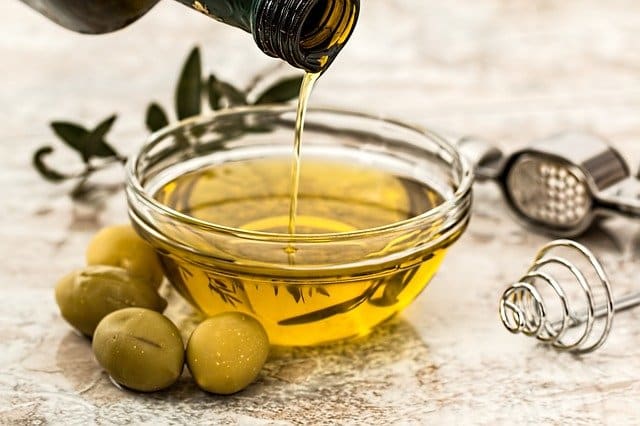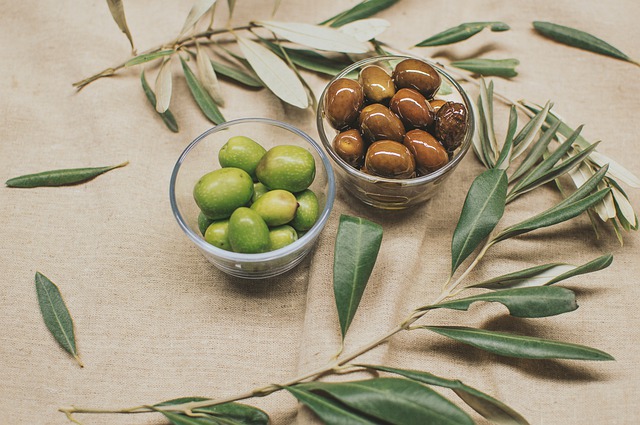
90% of olives are used for oil production
The Aramaic term zaytūnā , diminutive of zaytā , came into classical Arabic as zaytūnah . This word , in turn, arrived in Hispanic Arabic as azzaytúna . After this etymological journey, we find the notion of olive .
The fruit of the olive tree
The olive is the fruit of the olive tree (a tree that belongs to the Oleaceae family group). That is why it can be named olive .
Olive trees are native to the East but are currently also grown in other regions . The olive can be consumed after a curing or maceration process that removes its bitter taste; It is also used for the production of olive oil .
Due to its characteristics , the olive is considered a drupe . Depending on the variety of the olive tree, it can be green , yellowish , purple or black .
Conservation and marketing
Olives have a single seed , enclosed in a stone or pit of great hardness. It is common for them to be preserved in brine for marketing.
There are olives that are sold with their stone or stone and others, pitted. In stuffed olives , the pit is replaced with a filling , which is usually bell pepper or anchovy, although there are multiple options.
When buying olives in a store we find several types, among which the following stand out:
* chamomile : it is the most common and its flavor is the most sought after. It is usually the one stuffed with peppers;
* rapazalla : lends itself especially well to combining with other ingredients;
* sevillana : also known as carrasqueña ;
* gordal : given its larger size, it is easy to fill.
Olive oil
Olive oil , meanwhile, is obtained by pressing the olive. With the intervention of a mill or a press, pressure is exerted on the olive, which is ground. The process allows a paste to be formed: then, to separate liquids and solids from said paste, filtration is carried out and centrifuged.
Despite the great popularity of the olive as a food and accompaniment to dishes such as pizza, 90 percent of its global production is used to make oil. For historical and cultural reasons, olive oil has always been linked to the Mediterranean; In fact, currently only 3 percent of the world's olive oil is produced elsewhere, with Spain being the country in which half is concentrated, and sharing three quarters with Italy and Greece.
Properties of the olive
It should be noted that olives have components that contribute to the prevention of cardiovascular diseases and help digestion . Iron , calcium , vitamin A and vitamin E are part of the structure of these fruits.
Olives improve memory : according to several studies carried out at the University of Massachusetts in Amherst, the increase after moderate consumption in the long term can reach 25 percent. This is due to its content of naturally occurring chemicals known as polyphenols , which help reduce oxidative stress that takes place in our brain.

The olive is a very beneficial food for health.
It is also said that eating olives is ideal for controlling appetite . To take advantage of this benefit, it is recommended to eat ten before each meal. The secret is found in its monounsaturated fatty acids , which slow down digestion and promote the activity of cholecystokinin , the hormone that communicates the state of satiety to the brain.
For people who worry about aging, olives also have beneficial properties, since they can reduce wrinkles by 20 percent, thanks to the oleic acid they contain, necessary for the health and softness of the skin. Vitamin E also comes into play in this aspect, which works as an antioxidant and improves the condition of the skin.
